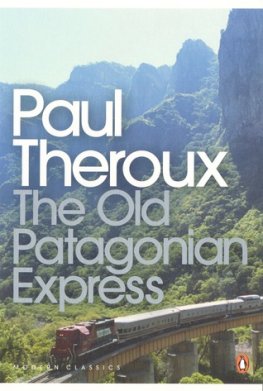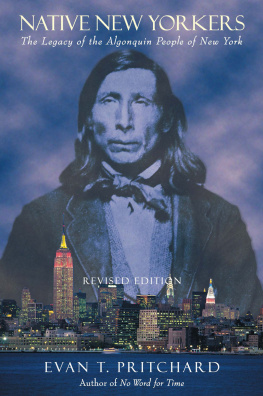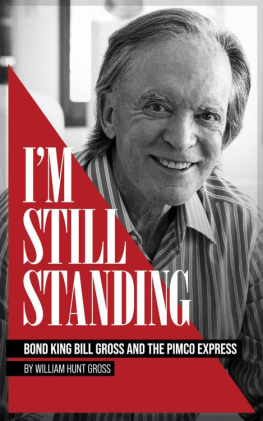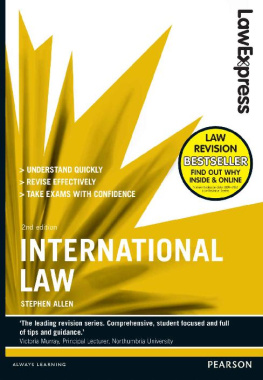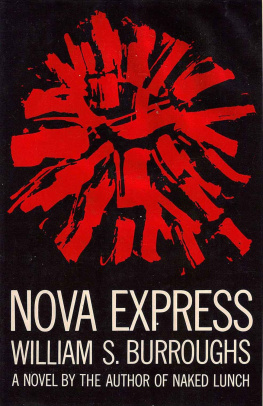Columbia University Press
Publishers Since 1893
New York Chichester, West Sussex
cup.columbia.edu
Copyright 2017 Columbia University Press
All rights reserved
E-ISBN 978-0-231-54361-3
Library of Congress Cataloging-in-Publication Data
Names: Tonnelat, Stphane, author. | Kornblum, William, author.
Title: International express: New Yorkers on the 7 train / Stphane Tonnelat and William Kornblum.
Description: New York : Columbia University Press, [2017] | Includes bibliographical references and index.
Identifiers: LCCN 2016040218 (print) | LCCN 2016054020 (ebook) | ISBN 9780231181488 (cloth : alk. paper) | ISBN 9780231543613 (e-book)
Subjects: LCSH: MulticulturalismNew York (State)New York. | SubwaysSocial aspectsNew York (State)New York. | Ethnic groupsNew York (State)New York. | ImmigrantsCultural assimilationNew York (State)New York.
Classification: LCC F128.9.A1 .T66 2017 (print) | LCC F128.9.A1 (ebook) | DDC 305.8009747dc23
LC record available at https://lccn.loc.gov/2016040218
A Columbia University Press E-book.
CUP would be pleased to hear about your reading experience with this e-book at .
Cover Image: Vincent Lin
Cover Design: Jordan Wannemacher
In memory of Isaac Joseph, whose pioneering research inspires this volume.
To begin, it would be useful to examine the validity of two understandings. The first is to say that a public space is an order of visibilities destined to accommodate a plurality of uses or a plurality of perspectives, which implies a considerable depth; the second states that a public space is an order of interactions and of encounters and presupposes, therefore, a reciprocity of perspectives. These two understandings make public space a receptive space in which bodies advance, perceptible and observable, and a space of competencies, that is to say, of practical knowledge confined not only to the operators and architects but to the ordinary users as well.
Isaac Joseph, La ville sans qualits
T his book originated with our late colleague Isaac Joseph, whose ambition was to conduct a comparative study of the 2 train in Paris and the 7 train in New York. Both lines, he surmised, were used by a large number of immigrants as a local transportation link, a form of ligne de cabotage , a naval metaphor for small boats moving from port to port, never far from the shore. How did these lines bring all these ethnic neighborhoods together in a single city? Unfortunately, Isaac did not live long enough to conduct the Paris side of the study. It is partly in his memory, therefore, that we decided to go ahead with the New York side of the project. This is a posthumous thanks for his inspiring vision.
Michle Jol also was with us from the start and even before. We thank her for her unwavering support and nudges. Michle invited us to her seminars at the Paris Institute of Urban Planning, and we often sat around her table for great meals and discussions with friends and colleagues. She visited New York numerous times and basically adopted us and our families.
Virginie Milliot was part of the original Paris team. Even though her research took her away from the metro, she stayed close to put together a small team to study the Goutte dor neighborhood near the Barbs metro stop in Paris. In addition, she organized a conference at the Maison de lethnologie at the University of Nanterre, where we were able to present for the first time the idea of the community in transit.
We owe much as well to our team of research assistants closer to New York, whom we were able to hire through a Professional Staff Congress Grant and a CUNY collaborative grant awarded in 2005 and 2006. Richard E. Ocejo, now an assistant professor at the CUNY John Jay College of Criminal Justice, was an efficient and dependable colleague, helping us manage the team of high school students and make sense of their diaries, all while working at the same time on another urban ethnography. Amalia Leguizamon, now an assistant professor at Tulane University in New Orleans, was a great colleague as well. Besides bringing Spanish to the languages spoken by the research team, she had great interview, transcribing, and note-taking skills, especially when studying the station at 74th Street and Roosevelt Avenue. Finally, Chi-Hsin Chiu, now an assistant professor of landscape architecture at Fu Jen Catholic University in New Taibei City, joined the team to help us talk to Chinese immigrants not yet comfortable in English. Thanks to him, we were able to better understand the dynamics in Flushing.
Both Stphane and Bill benefited from the support of their colleagues at CUNY. At the CUNY Graduate Center, Stphane had the enthusiastic support of Setha Low for many years even before this project started. Among other things, she invited Stphane to brainstorm with a group of distinguished colleagues in the Public Space and Diversity research group funded by the Max Planck Institute. Cindi Katz, we suspect, may have been the originator of the 7 train idea in 2003. We were having a drink celebrating Stphanes dissertation defense when Isaac asked her: Which subway line do many immigrants take in New York City? Cindi also put us in contact with a teacher who helped us recruit the high school students who kept the diaries. Ida Susser was also supportive from the beginning, believing with us that institutions should have more trust in ordinary people.
While at the College of Staten Island, Stphane was able to take advantage of Jeffrey Bussolinis advice and support, and Rafael de la Dehesa translated the informed consent forms into Spanish.
We wrote most of this book in 2014 and 2015 when Stphane was a fellow at CIRHUS, the joint research center between New York University (NYU) Center for Research in the Humanities and Social Sciences and the French National Center for Scientific Research (CNRS), not far from the CUNY Graduate Center. This visiting position allowed him and Bill to work more closely together than they could when they were separated by an ocean. Nicolas Guilhot, as the centers deputy director, was a welcoming colleague. William Rendu and Solange Rigaud, both paleoanthropologists and office mates, were very supportive as well, and William Kornblum also wishes to thank the staff at the Marseille Institute of Advanced Studies (IMERA), where he was able to work on the manuscript during his residency.
Fabienne Malbois, a specialist in feminist theory and a lecturer in Lausanne, Switzerland, read the chapter on gender relations. Rashmi Sadana, an ethnographer of the Delhi subway and an assistant professor at George Mason University, participated and contributed to many panels on subway ethnography with Stphane and Bill.
Christina Mitrakos, Stphanes life companion, has been a patient listener concerning all aspects of this book and proofread much of it. Peter Kornblum, Williams brother, also proofread the final manuscript and drastically improved its legibility.
This book took its final shape thanks to the editorial team at Columbia University Press. Eric Schwartz showed early interest and warmly welcomed us to the press. Lowell Frye and then Caroline Wazer helped us complete the paperwork, and the design department, with redrawing the maps. Irene Pavitt and Margaret Yamashita carefully edited the whole text with countless corrections and changes. Such professionalism is a treat that we feel very lucky to have had.





